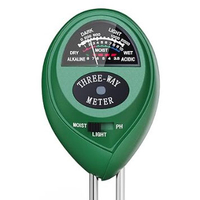5 warning signs that your houseplants have heat stress — and what to do about it
Just because your houseplants are inside, it doesn’t mean they’re immune

Intense summer heat can be a real strain on the human body, but it’s not just us who suffer in these higher temperatures. Your houseplants can be hit hard when exposed to heat for a prolonged period, even though they’re kept inside. Whether you turn off your air conditioning to save on electricity when you’re out of the house, or your plants simply sit in a sunny window where they get direct sun exposure all day long, there are lots of easy ways for plants to overheat. If left untreated, this can cause significant damage and even death to your plant, so you need to be vigilant.
How hot is too hot for your plant? Different species prefer different conditions, and some enjoy a hotter environment. However, as a general rule, temperatures above 85°F become uncomfortable, and 90°F+ is a danger zone for most plants. Houseplants will likely be more sensitive to temperature than outdoor plants because of the restricted airflow and lower humidity. They can begin to suffer heat stress at temperatures of 75-80°F, so monitor the temperature inside your home and watch for signs that they are struggling.
Here's how to look after your indoor plants in a heatwave to ensure you have a house full of happy houseplants, while you'll want to avoid making these 7 mistakes that can kill houseplants.
How to identify heat stress in your houseplants
Heat stress is the official response plants have to extremely high temperatures, revealing itself in several ways. By keeping an eye out for these symptoms, you can identify heat stress early and take action before the damage is too severe. Be careful because some of these symptoms can be caused by other issues, so you want to be confident that you’re solving the right problem to get your plant back on track.
Here are five key symptoms to look out for.
Wilting

The most common and earliest sign that a plant is experiencing heat stress is that it will begin to wilt. This is caused by excessive evaporation of water in the leaves of the plant, which it won’t be able to easily replace due to the heat. The result is limp or drooping foliage. Some plants go through a daily phase of wilting and straightening, so don’t panic if you see your plant do this, as it’s just a natural part of its lifecycle. However, if a usually healthy and upright plant begins to sag and doesn’t right itself, this could be a sign of heat stress and moisture loss.
Curling leaves
Loss of moisture doesn’t just show itself as wilting leaves, but also curling leaves. Many plants will turn their leaves inwards to reduce their surface area, reducing the amount of evaporation occurring. This is not a solution in itself and won’t be enough to save the plant from prolonged heat stress, but it is a clear sign that your plant is trying to combat these harsh conditions. Some plants may also flip their leaves up or curl upwards or downwards, rather than inwards, in order to reduce moisture loss.
Sign up to get the BEST of Tom's Guide direct to your inbox.
Get instant access to breaking news, the hottest reviews, great deals and helpful tips.
Even without a heatwave, dry and crispy leaves are one of the signs of how to spot a thirsty houseplant that is underwatered.
Burnt leaves
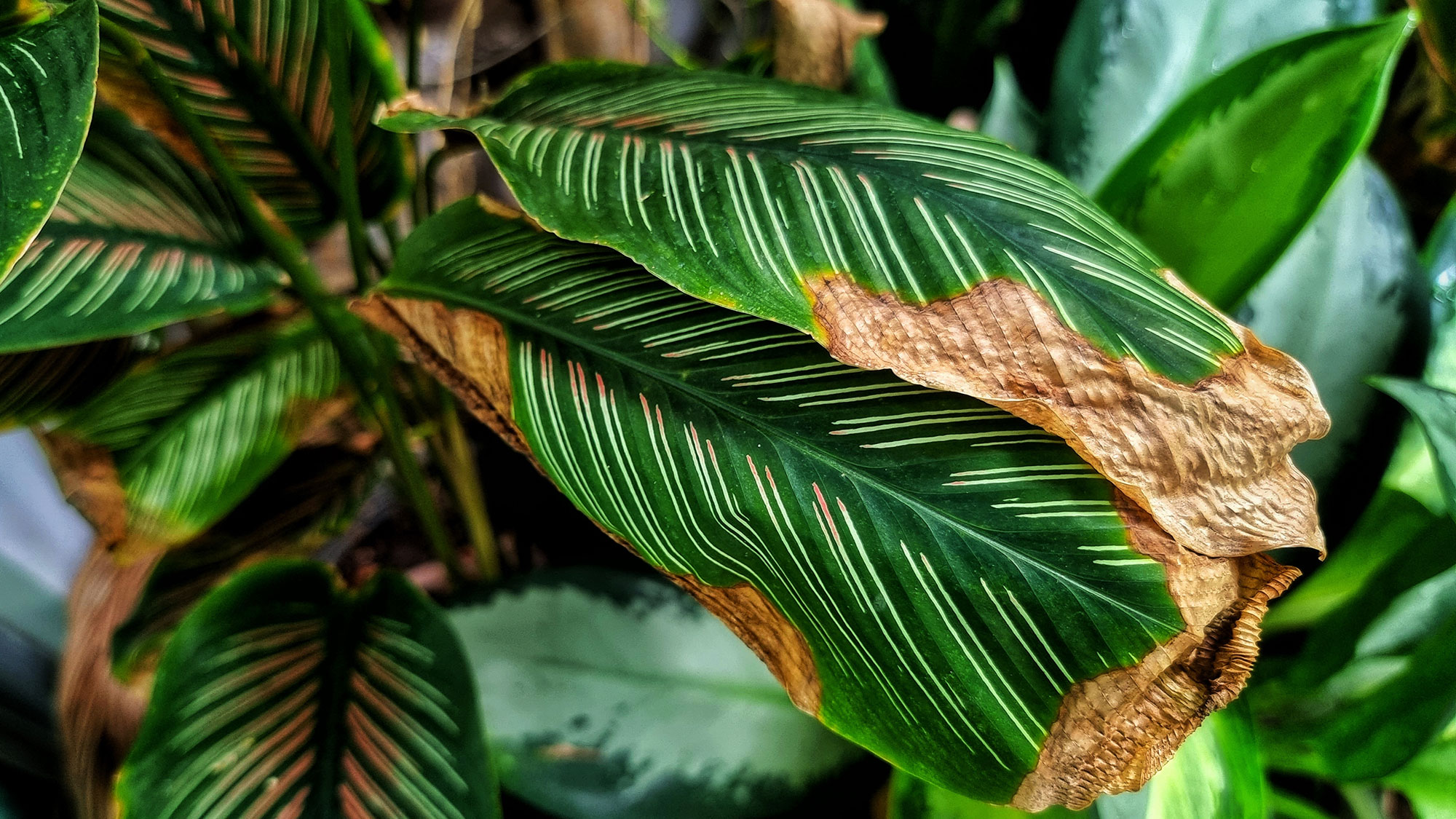
An obvious sign that heat is damaging your plant is if you find burnt leaves. These could be fully brown leaves or leaves with brown and yellow patches from where the sun has hit them. You may also notice burnt tips on the ends of the leaves, as these may be more sensitive and, therefore, vulnerable to sun exposure.
Bolting
Bolting refers to when a plant is pushed into the next stage of its life cycle ahead of its time, whether that means producing flowers, seeds or fruit. It cannot be reversed and most commonly occurs in cold-weather crops that interpret the heat as a sign that it is later in the growing season than it actually is.
Leaf drop
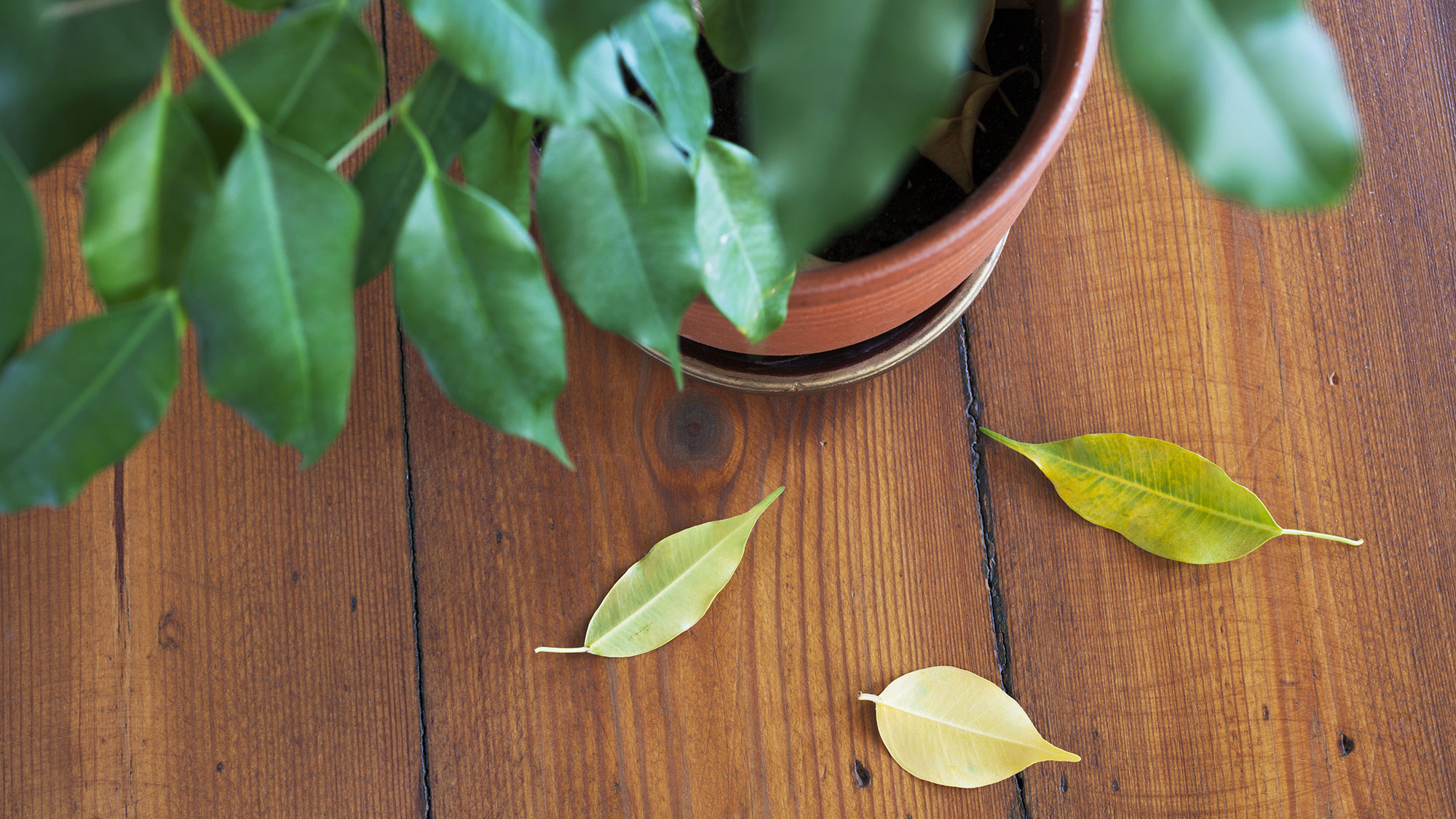
In some severe cases, you may notice that leaves have been dropped by the plant altogether. This occurs when there is such a serious lack of moisture that the plant can’t feed its leaves even the most basic amount. At this stage, your plant is more seriously affected by heat stress and may struggle to fully recover.
5 ways to treat heat stress
While a few days of heat exposure may not cause long-term damage, these symptoms are a sign that your plant is in distress so it’s important to respond quickly. If you’ve noticed any or several of these symptoms in your houseplants, it’s time to act. Here are five ways you can respond to and treat heat stress.
1. Move your plants out of the sunlight
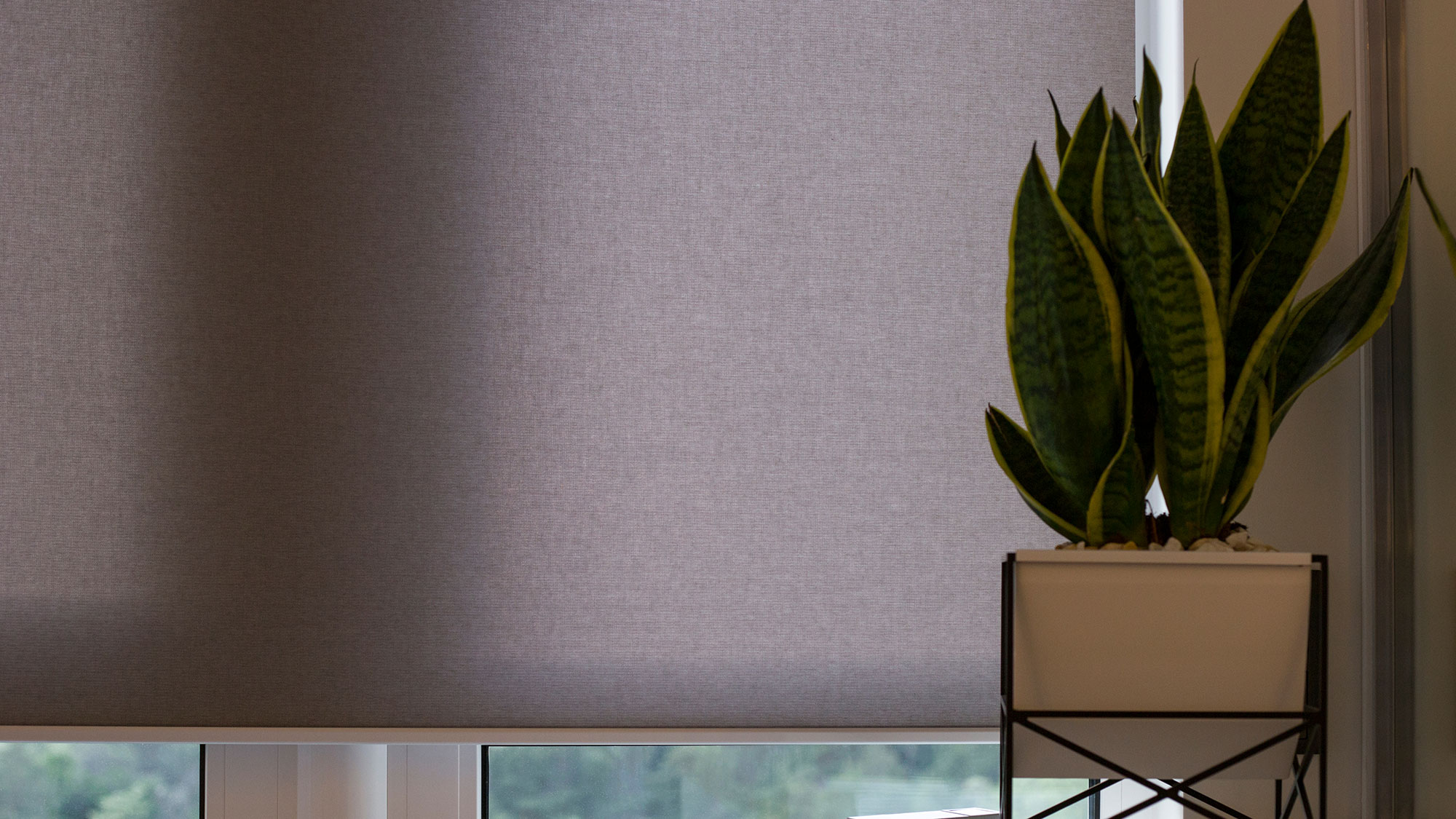
Plants that sit on sunny windowsills will be more at risk of heat stress since they will get the heat of direct sun exposure in addition to the ambient temperature in the room. Moving your plant to a shadier spot removes this extra source of stress and hopefully decreases the overall temperature it is exposed to.
2. Direct fans away from the plants
This might seem counterintuitive, as humans use fans for their cooling effects, however fans can do more harm than good when it comes to houseplants. Houseplants do not like the lower air humidity of the indoors and fans exacerbate this problem by blowing dry air onto the surface of the plant. This can dry out the soil and the surface of the leaves, creating more damage. Instead, angle fans elsewhere in the room so your houseplants can benefit from their overall cooling without experiencing the direct blast of air.
3. Water consistently in the early morning
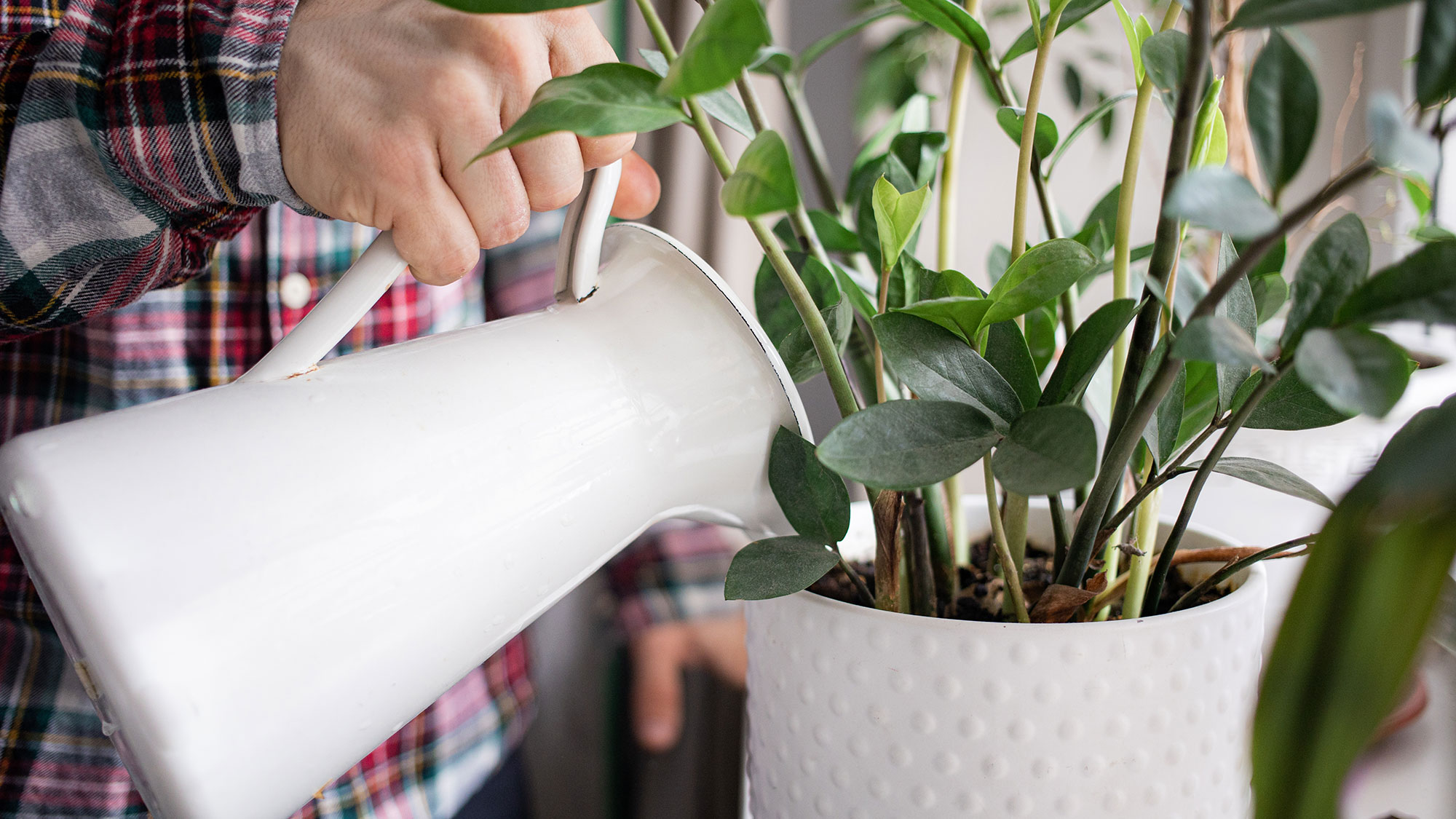
During the hotter months, plants will need more watering to balance the increase in evaporation and moisture loss. Try to water each houseplant thoroughly in the morning, as this is when you will most accurately be able to judge the current moisture levels of the soil, reducing the risk of overwatering. Later in the day, the sun’s heat will dry out the soil more quickly, so it’s not wise to water in these conditions — the water may not even reach the roots in time. You can also supplement some plants with extra water in the evening if they are particularly dry or need more care, such as recently repotted plants. Misting is another option, although be gentle with this to minimize the chance of disease and pests.
Plant Moisture Meter 3-in-1 Tester: $9 @ Amazon
Keep track of your houseplant's health with this 3-in-1 soil moisture, light level and pH tester. Place the device's probe directly in the soil to monitor the levels to help you take care of your plant. It can be used indoors or within a greenhouse and doesn't require a battery.
4. Mulch, but don’t fertilize

Much of heat stress comes from water loss, rather than the sunlight or temperature itself. Address this issue directly by applying mulch to the soil's surface in your planters, which creates a protective barrier and reduces the evaporation of water from the soil. This is particularly beneficial on younger plants or those with shallow roots. However, don’t be tempted to fertilize during this time, as the new growth will be particularly susceptible to heat stress and will likely die before it is able to mature and strengthen.
5. Create shade with household items
If you are limited with where you can place your plants, consider creating shade yourself to reduce the amount of sun exposure on your plants. Hang up a blanket or similar textile to manufacture a shadier environment, which you can easily remove once the danger of a heatwave has passed. Alternatively, string up a makeshift curtain in the window that lets in the most sun, which should also help cool the rest of the room. Although it isn't an attractive option, it could be crucial for keeping your plants alive in extreme conditions.
More from Tom's Guide
Madeleine Streets is a writer and content manager based in New York City. She covers an eclectic mix of lifestyle, technology, finance and health and has been published in Tom's Guide, Women's Wear Daily, SELF, Observer, Footwear News and others. Originally from London, Madeleine has a penchant for tea, baking and moody weather. When she’s not writing, you can find her exploring the city’s bookstores, hunting down new restaurants, fostering cats and cheering on Arsenal FC.
